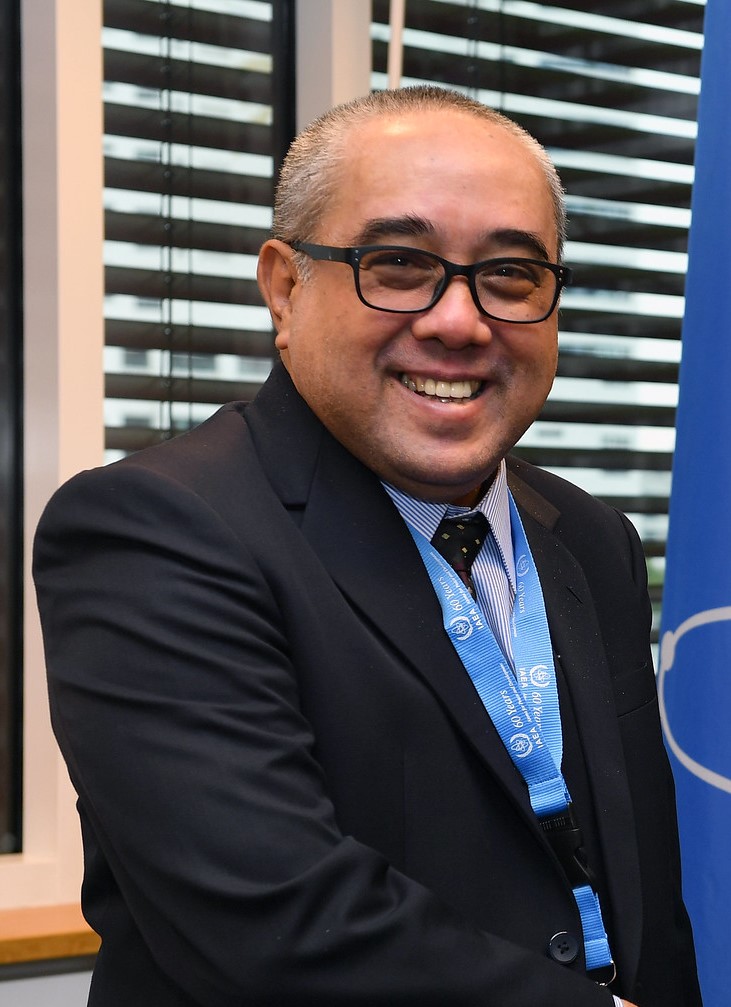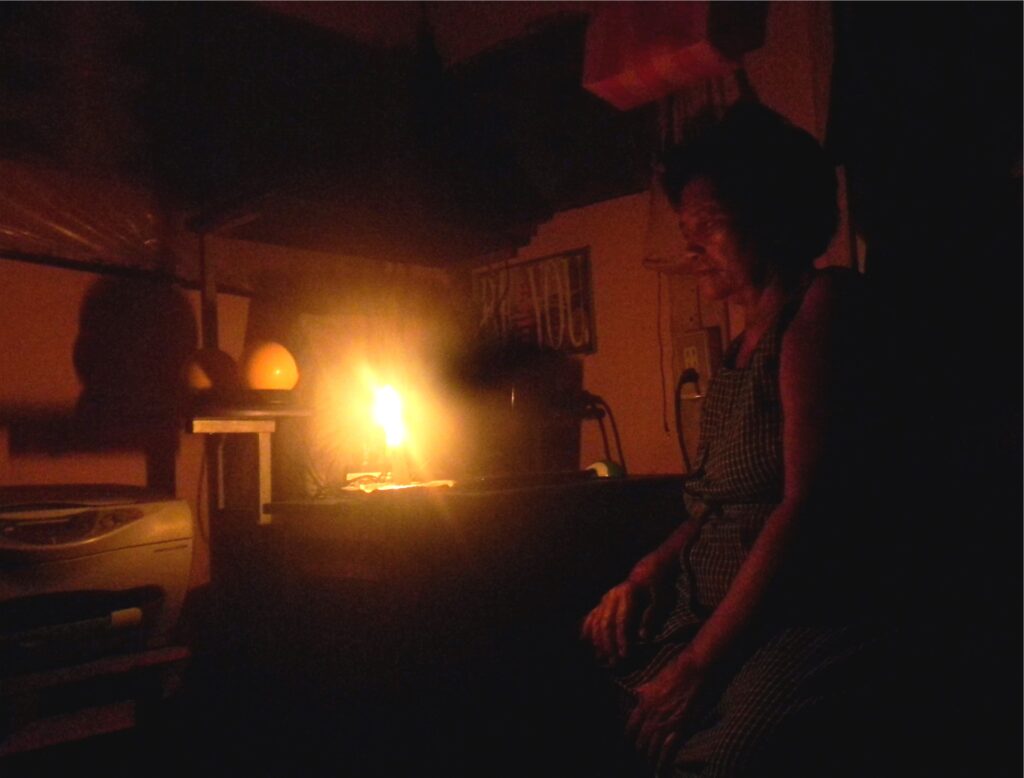Text by Henrylito D. Tacio
Photos: Wikipedia and Asian Power
“Our shortage of electricity is a real, serious problem that we cannot downplay. But if we focus exclusively on it, we run the risk of seeing just the trees and not the forest.” That was what Rufino Bomasang, then energy undersecretary, told community journalists who attended a media briefing on business and economics reporting at Los Baños, Laguna.
More than three decades later, the same scenario is happening. As the Philippines continues to pursue a path of global competitiveness, it is becoming evident that securing an adequate energy supply will be ever more critical to its growing industries.
About 50% of the country’s power generation comes from coal, with natural gas and renewables accounting for just more than 20%. The remaining comes from oil-fired boilers.
“The biggest issue in the Philippines is that we have one of the most expensive power (costs) in the world,” Dr. Carlo Arcilla, the director of the Philippine Nuclear Research Institute, was once quoted as saying. “Ask anyone who has relatives abroad, and they will tell you the stark difference between their electricity rates and ours.”
The country’s electricity consumption is expected to triple by 2040 – from the 90.2 TWh (Terawatt-hour) in 2018 – due to its rapidly growing economy.
But the disturbing news is that Indonesia will soon stop exporting coal – from which 90% of the country’s coal-fired plants come from – because they need to use it. In addition, the Malampaya natural gas fields in the West Philippine Sea are expected to be depleted by 2024.
To address the forthcoming energy crisis, the country must transition away from its heavy reliance on coal. The adoption of nuclear power is the fastest option and would make electricity costs more affordable, according to PNRI, a line agency of the Department of Science and Technology (DOST).
Dr. Arcilla said that including nuclear power in the country’s energy mix would be beneficial to consumers as it would bring down the “expensive” electricity rates and provide a stable electricity source of power.
The Philippines commenced construction of a nuclear power plant following the 1973 oil crisis. The Bataan Nuclear Power Plant (BNPP) was completed in 1984 but never went into operation. It was mothballed by then President Corazon C. Aquino on the fear of reactor meltdown after the Chernobyl Disaster as well as the increase of the price of the plant.
But during the time of the presidency of Rodrigo R. Duterte, Executive Order 164 was signed, thus including nuclear power in the country’s energy mix. Under the new policy, it stated that the country “shall ensure the peaceful use of nuclear technology anchored on critical tenets of public safety, national security, energy self-sufficiency, and environmental sustainability.”
“The secret here is a mix,” pointed out Dr. Arcilla in a conversation with Asian Power. “We need the mix of the coal that is being phased out and renewables, but we need a stable source and nuclear has to be considered. Nuclear is very clear, there are no emissions. Its waste disposal can be done safely.
The biggest problem with nuclear power, however, is misconceptions and bad rap. “But 10% of the world’s energy is coming from nuclear power and in America, it is 20%, they have nearly 100 nuclear power plants operating for 60 years,” Dr. Arcilla said. “We badly need nuclear as a baseload source of power, but it can only come maybe in the next four or five years, the shortest time the Bataan Nuclear Plant gets started.”
One of the benefits from the inclusion of nuclear power in the country’s energy mix is price. “The cost of electricity from nuclear power is one of the cheapest,” Dr. Arcilla explained to Asian Power. “If you increase the share of nuclear in the energy mix, that will bring the average down. We don’t want to replace everything with nuclear energy, only in the baseload. If we don’t include nuclear power and rely only on imported liquid natural gas, electricity, which is now expensive, will even go higher. This is one of the only ways we can bring it down.”
Nuclear power is one of the two major alternatives to fossil fuels; the other one is renewable energy (whose sources include solar power, wind power, hydroelectric, geothermal energy, and biomass energy).
Nuclear power is the use of sustained nuclear fission to generate heat and electricity. “A nuclear reactor controls nuclear fission and uses the energy it releases to generate electricity,” H. Steven Dashefsky explained in his book, Environmental Literacy: Everything You Need to Know About Saving Our Planet. “Nuclear reactors allow a chain of reaction of nuclear fission to occur in which one atom is split and the particles released are used to split other atoms, etc.”


A supply of radioactive elements such as uranium-234 – the last of three uranium isotopes that still occurs in nature – is placed in a reactor in the form of fuel rods. “A slow-moving neutron from another element strikes the uranium, initiating the chain reaction,” Dashefsky wrote. “The energy released from the chain reaction superheats surrounding water, which is removed from the reactor and used to drive turbines and generate electricity. (The water also acts as a coolant in the system, keeping it from having a meltdown in which the fuel rods melt from overheating.) The speed of the chain reaction is controlled by control rods containing cadmium and boron which absorb the nuclei.”
The idea of nuclear power started in the 1930s, when physicist Enrico Fermi first showed that neutrons could split atoms. The Italian physicist led a team that in 1942 achieved the first nuclear chain reaction, under a stadium at the University of Chicago.
Today, nuclear power plants provide 5.7% of the world’s energy and 13 of the world’s electricity, according to Nobel Prize winner Al Gore. The International Atomic Energy Agency reported there are 439 nuclear power reactors in operation around the world, operating in 31 countries.
“If you think about all the nuclear plant operating hours, and the number of accidents and casualties over those total operating hours, the deaths coming from nuclear are smaller than from coal, natural gas, and hydro,” Dr. Arcilla told Asian Power.
“The problem is that many Hollywood movies give a bad rap on nuclear power,” he continued. “For example, in Three Mile Island, they never considered the fact that in America, almost 100 nuclear power plants are operating safely for 60 years and are being given another 20-year license.
“You’ve never heard of the electricity resource that’s being given an 80-year license. Coal plants only last over 20 years. Solar and wind are only available 30% of the time as the sun doesn’t shine at night and the wind doesn’t blow all the time. It means 70% of the time, you have to have a backup and that backup now is coal. Why can’t we use nuclear energy to back up renewables? They’re not incompatible. They help each other as a mix.”
In his first State of the Nation Address, current president Ferdinand Marcos, Jr. also mentioned the mix. He said the country must not neglect nuclear power, because it is low-cost and because it’s the largest source of clean energy. The cons are overridden by the good things, the only problem and the big challenge is changing the mindset of people.
In fact, recent public acceptance of the use of nuclear power seems to be shifting. Duterte’s executive order cited a 2019 public perception survey which indicated that 79% of Filipinos supported the rehabilitation of the shelved BNPP. In addition, 65% approved the building of new nuclear power plants.
“We have met the enemy; and he is us,” so goes a popular statement from Walt Kelly. This is particularly true in the case of climate change. There is “95 percent likelihood” that human activity is the cause of climate change, according to the findings of the United Nations’ Intergovernmental Panel on Climate Change (IPCC).
The 5th IPCC Report said that human activity released 545 gigatons of carbon dioxide – the main greenhouse gas – from 1750 to 2011. It is projected that if 1,000 gigatons of carbon dioxide is emitted, which at current rates will likely occur between 2040 and 2050, there is a one-in-three possibility that the 2 degrees Celsius limit above the pre-industrial level will be exceeded.
The World Nuclear Association, the International Atomic Energy Agency and the Environmentalists for Nuclear Energy contend that nuclear power is a sustainable energy source that reduces carbon emissions.
Nuclear power is the “cleanest energy, with zero ash and zero carbon dioxide emissions,” said former Representative Mark Cojuangco. He cited a study conducted by IPCC stating nuclear energy as a “strong option to decarbonize by 2030” and that it “could help limit global temperature rise to below 2 degrees Celsius.”
Meanwhile, four respected climate scientists – Dr. James Hansen, a former top scientist at the US National Aeronautics and Space Administration; Dr. Ken Caldeira of the Carnegie Institution, Dr. Kerry Emanuel of the Massachusetts Institute of Technology; and Dr. Tom Wigley of the University of Adelaide in Australia – acknowledged that there are risks of using nuclear power, but say those are far smaller than the risk posed by extreme climate change.
“We understand that today’s nuclear plants are far from perfect,” they wrote in a letter asking environmentalists to support the development of safer nuclear power as one way to cut fossil fuel pollution.

